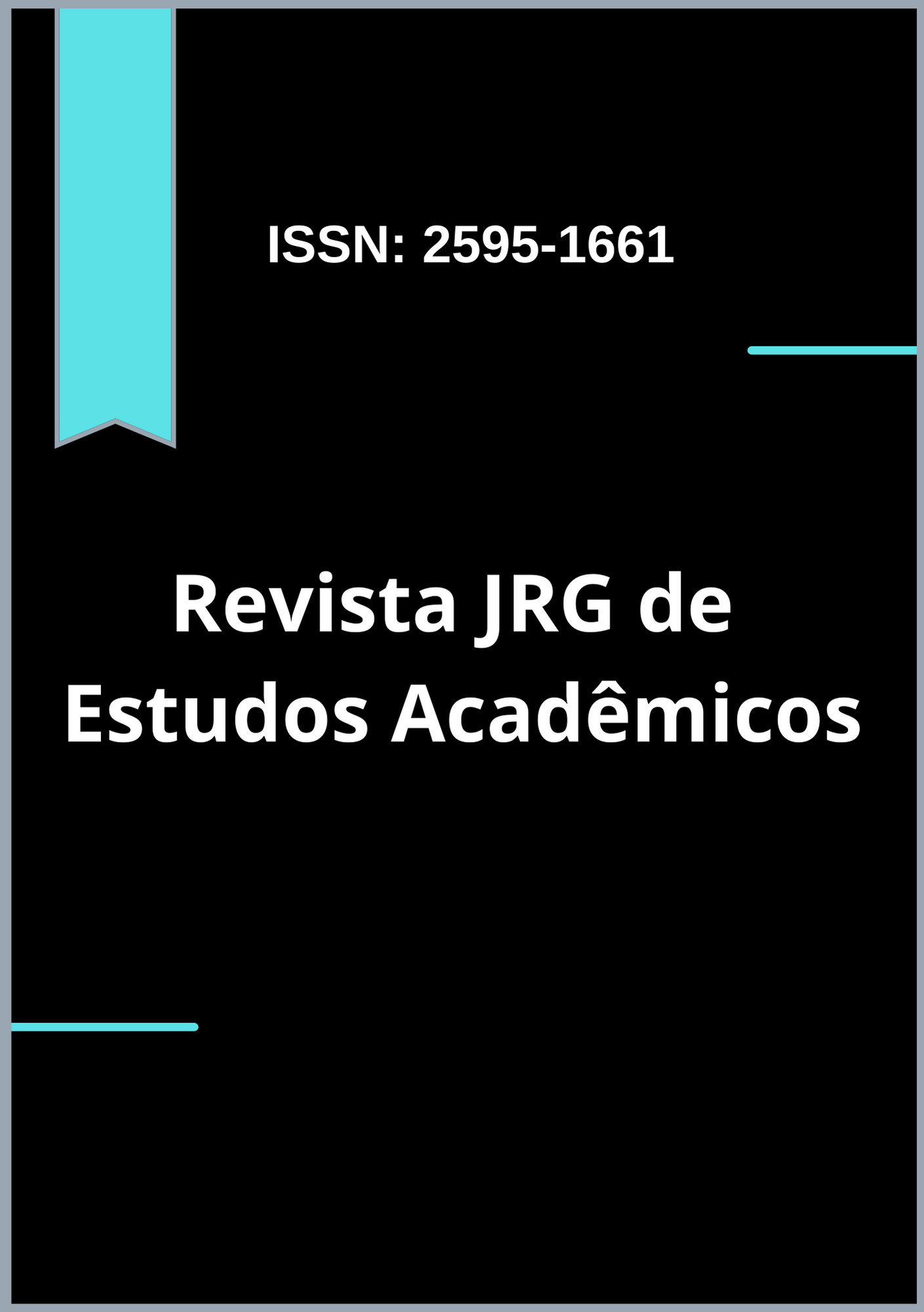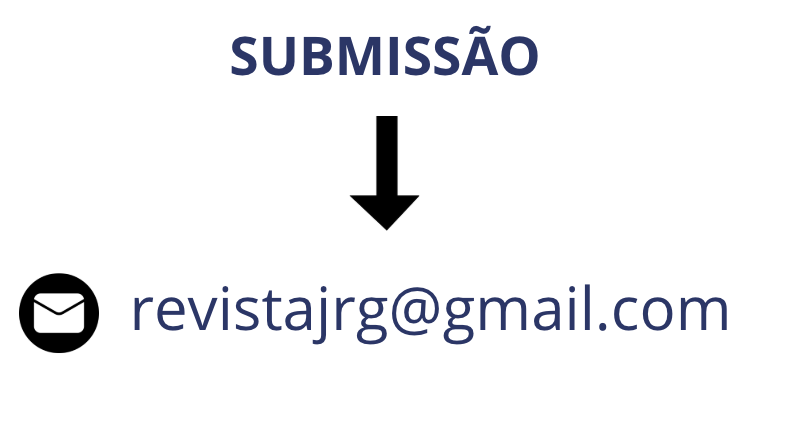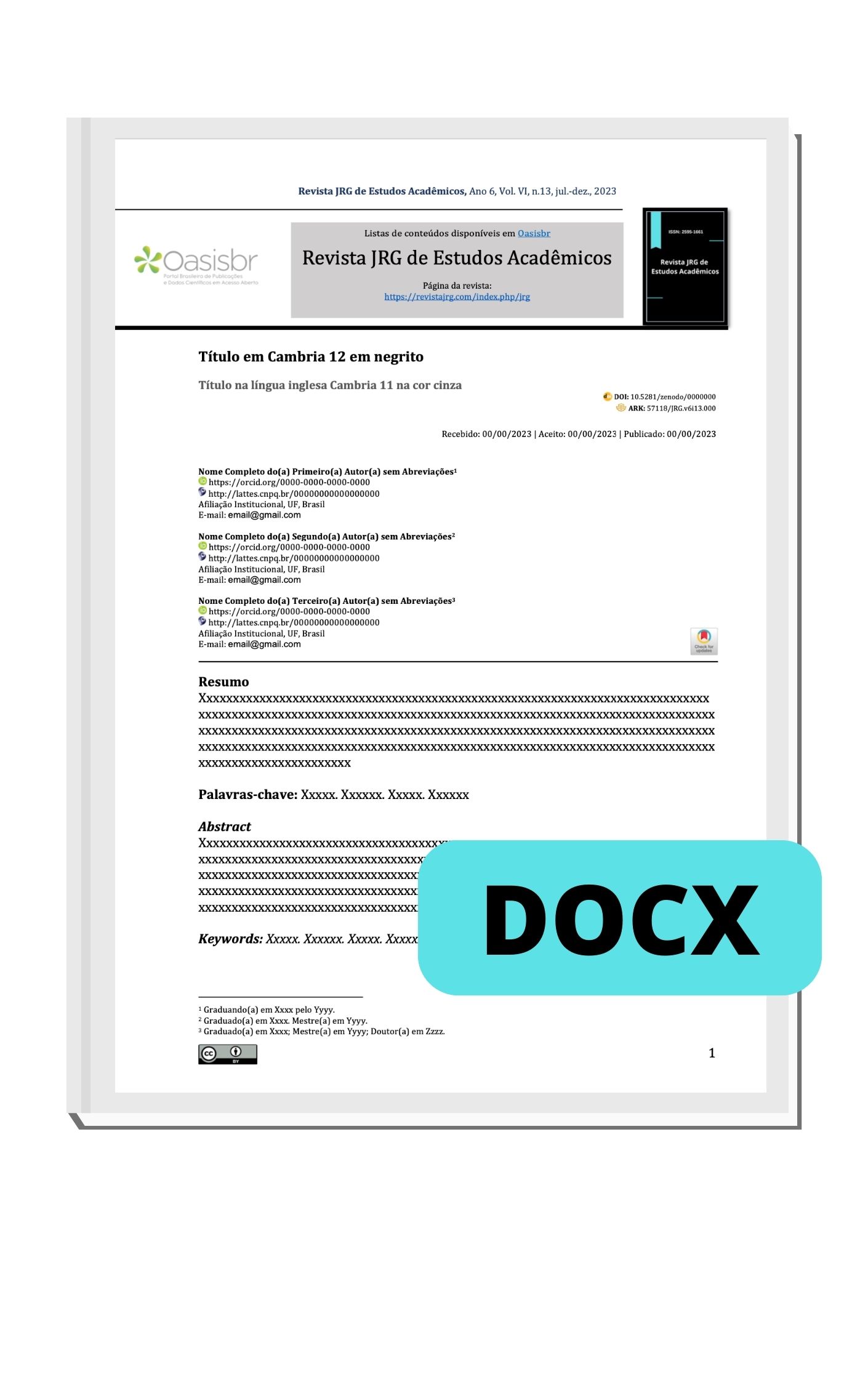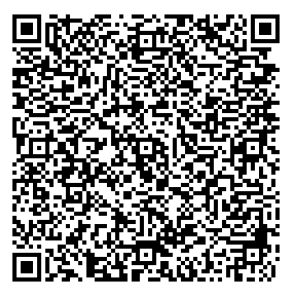Vulnerability and Cyber Risk Analysis in Public Wi-Fi Networks: A Case Study in the Food Court of Paseo Shopping Riobamba
DOI:
https://doi.org/10.55892/jrg.v8i19.2369Keywords:
Cybersecurity, Public Wi-Fi, Risk Analysis, Human Factor in Cybersecurity, Case Study.Abstract
Public Wi-Fi networks in high-traffic commercial spaces present significant cybersecurity risks, often exacerbated by users' low security awareness. The objective of this case study was to analyze and assess the technical vulnerabilities and cybersecurity risks in the food court of the Paseo Shopping mall in Riobamba, Ecuador. A mixed-methods approach was employed, combining a technical analysis of 15 detected Wi-Fi networks with surveys administered to a sample of 30 users and non-participant observation to evaluate knowledge, behavior, and risk perception. The results reveal a high-risk environment: 66.7% of the analyzed networks operate with null or obsolete security protocols. Concurrently, 73.3% of users possess low or no knowledge of common threats, and 60% admit to connecting to networks without verifying their security. Notably, 50% of respondents feel secure, showing a dangerous dissonance with the actual risk reality. A statistically significant negative correlation (ρ = -0.58, p < 0.05) was found between the level of knowledge and the frequency of risky behaviors. It is concluded that the convergence of a vulnerable infrastructure and an underprepared human factor creates a 'perfect storm' that significantly elevates the risk of incidents. Cybersecurity education emerges as the most critical intervention to foster responsible digital citizenship.
Downloads
References
Alshammari, M., & Ivanov, A. (2023). User behavior, security fatigue, and risk perception in public Wi-Fi usage. Journal of Cybersecurity Research, 8(2), 45-62.
Arce, I., & Krombholz, K. (2022). The role of cognitive biases in cybersecurity behavior: A systematic review. ACM Computing Surveys, 55(3), 1-36. https://doi.org/10.1145/3512878/
BID (Banco Interamericano de Desarrollo). (2024). Reporte de Ciberseguridad 2024: Riesgos y capacidades en América Latina y el Caribe. Publicaciones del BID.
Creswell, J. W., & Creswell, J. D. (2018). Research design: Qualitative, quantitative, and mixed methods approaches (5th ed.). Sage publications.
García, F., & Torres, L. (2022). La sociedad conectada: Transformaciones digitales y vida cotidiana en América Latina. Editorial FLACSO.
Hadnagy, C. (2018). Social Engineering: The art of human hacking. John Wiley & Sons.
Kurose, J. F., & Ross, K. W. (2021). Computer networking: A top-down approach (8th ed.). Pearson.
Lau, F., & Zhou, Y. (2020). On the prevalence and detection of Evil Twin attacks in public Wi-Fi networks. Journal of Network and Computer Applications, 158, 102589. https://doi.org/10.1016/j.jnca.2020.102589/
Mendoza, C. A. (2022). Responsabilidad legal de los establecimientos comerciales ante incidentes de ciberseguridad en redes de invitados en Ecuador. Editorial Jurídica Andina.
Oghuma, A. S., & Schroeder, D. (2022). Usability challenges of mobile VPNs: Why security tools go unused. Journal of Usable Security, 7(1), 1-15.
Ribble, M. (2021). Digital citizenship for schools: A practical guide for leaders. International Society for Technology in Education (ISTE).
Rojas, A. M. (2024). Ciberseguridad y desarrollo en la región andina: Retos para las ciudades intermedias. Ediciones CIESPAL.
Tversky, A., & Kahneman, D. (1974). Judgment under uncertainty: Heuristics and biases. Science, 185(4157), 1124-1131.
Weber, R. H. (2023). The security implications of public IoT ecosystems. IEEE Security & Privacy, 21(4), 55-62. https://doi.org/10.1109/MSEC.2023.3278451/
Yin, R. K. (2018). Case study research and applications: Design and methods (6th ed.). Sage publications.











































